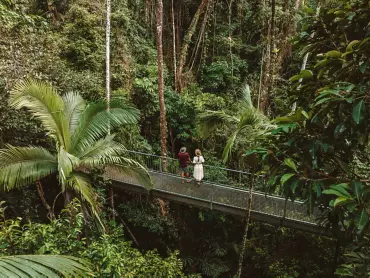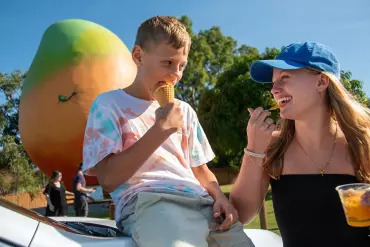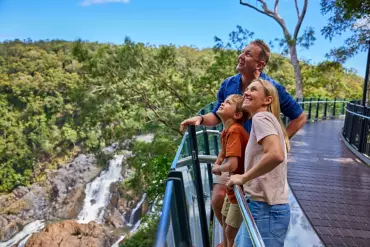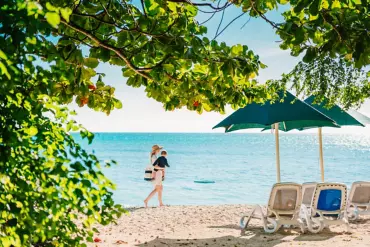9 facts you should know before coming to see koalas in Queensland
List
By Chelsea Tromans
Koalas are truly one-of-a-kind creatures. Besides only being found in the wild here in Australia, these native marsupials are unique in so many ways. For starters, they’re one of the sleepiest (not to mention cutest) animals in the world.
If you want to know more about these beautiful mammals, including where you can see koalas in Queensland, these are some lesser-known facts about koalas.
1. Koalas are fussy eaters

Koala at Lone Pine Koala Sanctuary
A koala’s diet consists of eucalyptus leaves (up to one kilogram a day!), but these herbivores are very picky about which kind. Of the 700+ species of eucalyptus trees in Australia, they only eat around 50 species. Often, they will climb all the way to the top of the tallest trees for their next meal, as that’s where the juiciest, most nutrient-rich leaves are found.
For most animals, eucalyptus leaves are poisonous. However, koalas have a special fibre-digesting organ, called a caecum, that helps them to detoxify the chemicals in the leaves.
2. Koalas don’t drink a lot of water

Photo by @j9.travels
The word koala comes from the Aboriginal word for “no drink” as they get most of the water in their diet from the leaves of the eucalyptus trees. However, on extremely hot summer days, eucalyptus leaves dry out and koalas may need to supplement their diet with water.
If you stumble upon a thirsty koala during bushfire season or a heat wave, make sure you don’t pour water from your bottle directly into their mouth. They need to lap up the liquid at their own pace, otherwise the water may flood their lungs and they could get pneumonia.
3. Koalas in Queensland have lighter-coloured fur
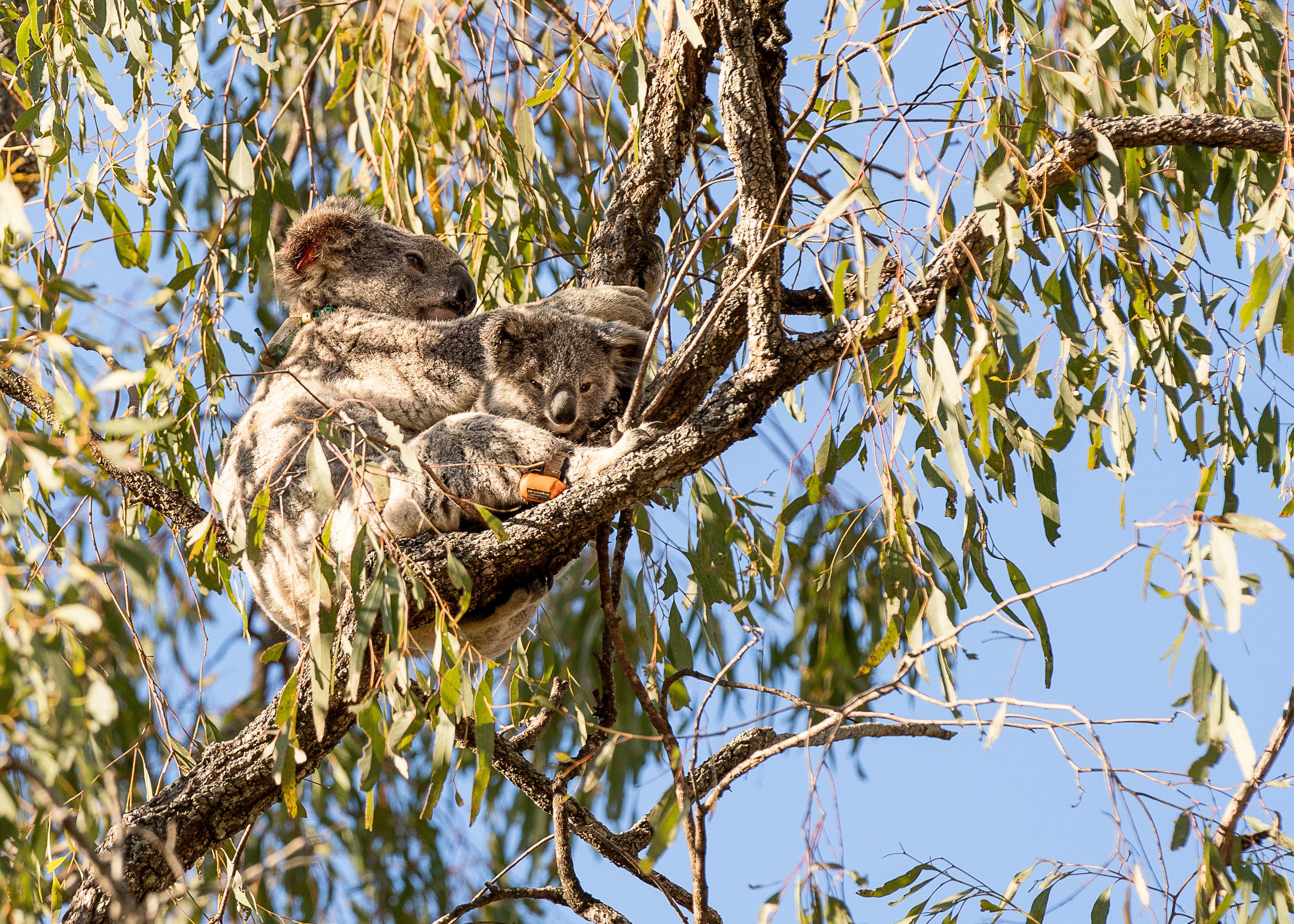
Spicers Hidden Vale
While there is only one species of koala in the world, their appearance can vary slightly depending on where they live. Southern koalas are larger, furrier and have darker fur than koalas who live in warmer northern states like Queensland. Males have coarser-looking fur than females and are up to 50% larger in size.
4. Baby koalas are called joeys

Just like kangaroos, baby koalas are called joeys. Born blind and without fur, these marsupials are about the size of a peanut when they enter the world and remain in their mum’s pouch for six months while they grow and develop.
A female koala’s pouch opens from the bottom to allow the mother to move up tree branches without the pouch getting caught and to prevent it from filling with bark and leaves.
5. Queensland is one of the only places where you can cuddle a koala

If getting up close with a koala is on your bucket list, you’ve come to the right state. Queensland is one of only three states in Australia that allows you to hold a koala. You can even eat breakfast with a koala on Hamilton Island.
There are 14 places to cuddle a koala in Queensland. If you’re on the Gold Coast, make sure you visit Currumbin Wildlife Sanctuary. It has its own wildlife hospital, which treats sick and injured wildlife and releases hundreds of native animals back into the wild every month.
6. Koalas sleep more than 18 hours a day
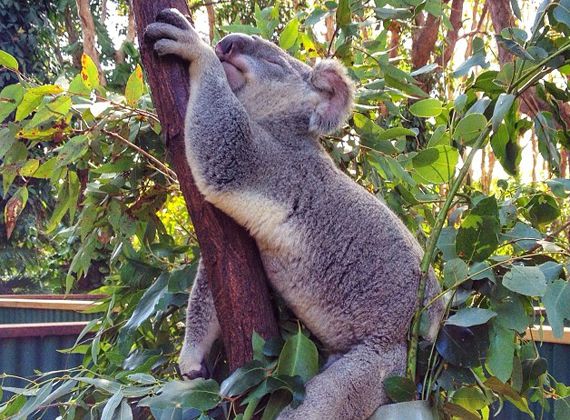
Koalas have a reputation for being lazy, since they spend anywhere between 18 and 22 hours a day asleep! A lot of this is due to their diet being low in energy, which makes them more sluggish, and the toxins in eucalyptus leaves which take a long time to digest.
7. Koalas have fingerprints
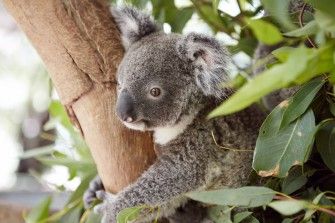
Just like us, koalas have fingerprints. In fact, they’re so similar to human fingerprints, it’s extremely difficult to distinguish between the two species, even under a microscope.
Koalas have thumbs too, but they have four in total. They have two opposable thumbs on each front paw for climbing, holding onto trees and gripping food, while the second and third digits on their hind paws are fused together to form a grooming claw.
8. The world’s oldest koala used to live in Queensland
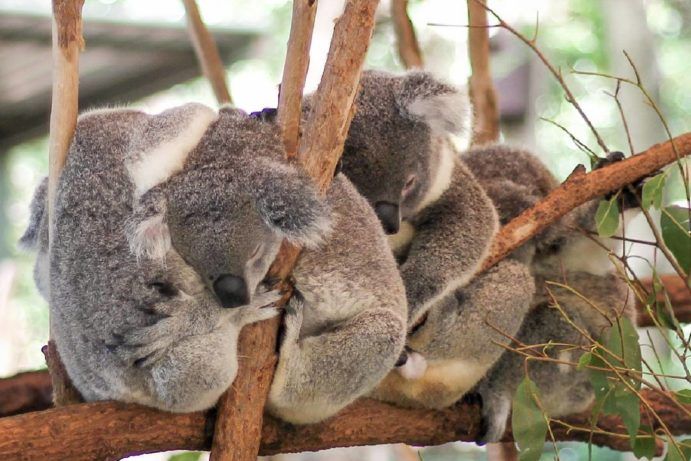
Photo by @lonepinekoala
The general life expectancy of a koala is eight to 10 years in the wild, and between 12 and 15 years in captivity. Up until 2001, Lone Pine Sanctuary in Brisbane (fun fact: it’s the world’s first and largest koala sanctuary) was home to a koala named Sarah, who lived to the ripe old age of 23, earning herself a place in The Guinness Book of Records for being the world’s oldest captive koala.
Want your photo taken with a koala? You can at Lone Pine Sanctuary; plus, profits from your koala experience go towards feeding and looking after Lone Pine Sanctuary’s koala population of 130 koalas, as well as contributing to research and conservation efforts.
9. Queensland is home to a team of detection dogs that help save koalas
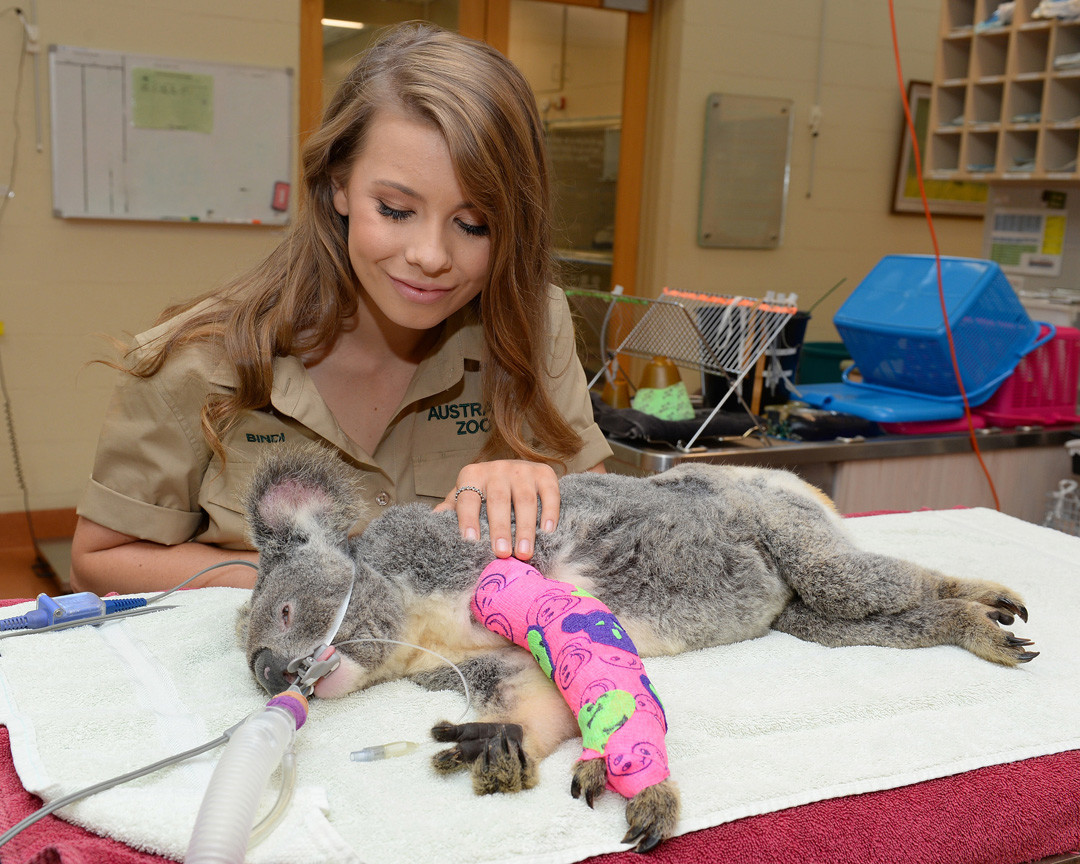
Australia Zoo
In 2015, the University of the Sunshine Coast created a Dog Detection for Conservation program that trains rescued dogs to use their keen sense of smell to track and help rescue rare animals like koalas, quolls and masked owls, to detect pest species, and locate threatened native plants.
One of the program’s dogs, an Australian Koolie named Bear, is the team’s specialist in locating injured, malnourished or isolated wildlife, and he became an Australian hero after helping with koala rescue efforts following the devastating 2019/2020 Australian bushfires.
If you want to learn more about koalas in Queensland, the Daisy Hill Koala Centre (located between Brisbane and the Gold Coast) delivers daily talks about koalas and their conservation – and it’s free to enter!
Looking for more animal encounters in Queensland?
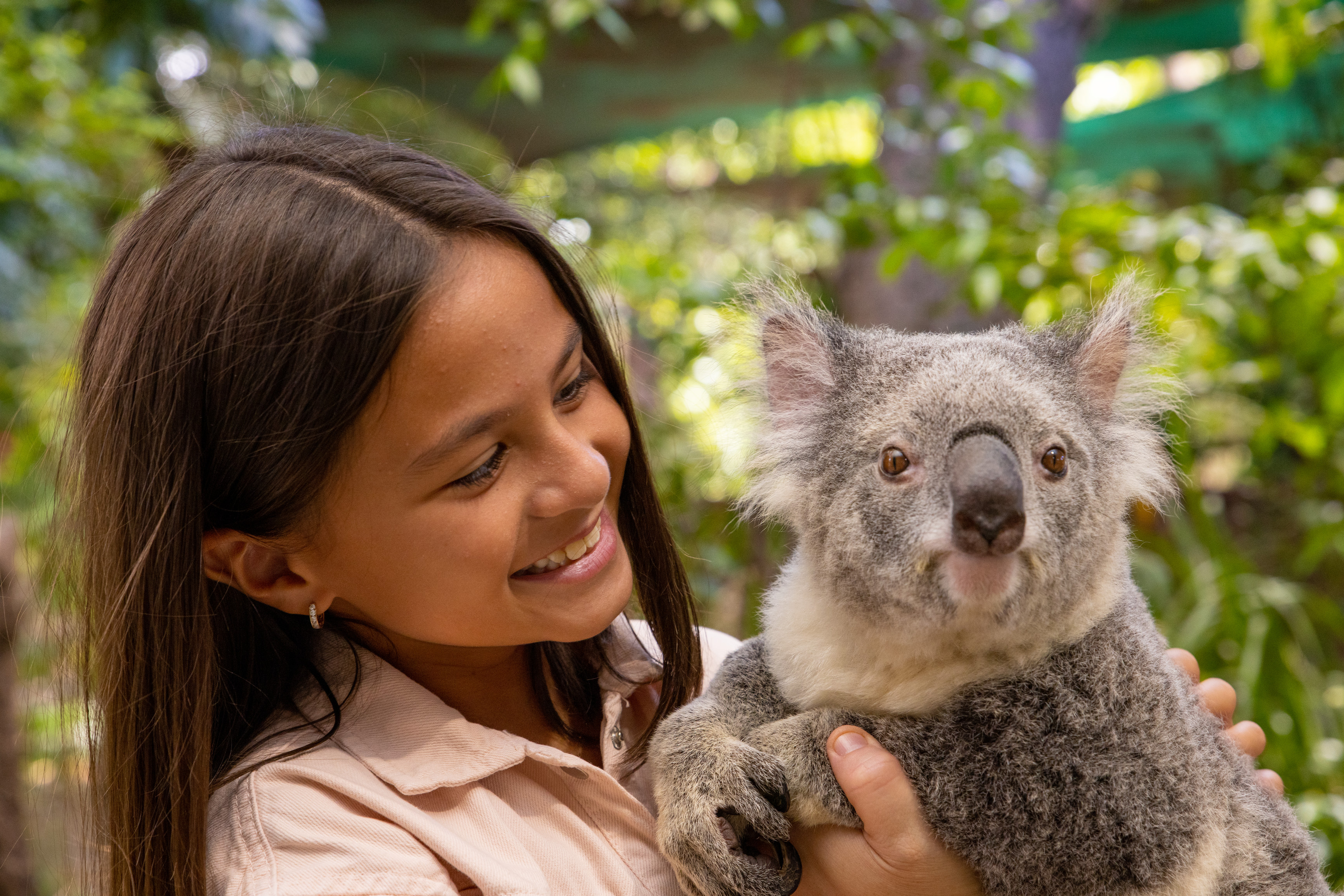
Currumbin Wildlife Sanctuary
- You won’t want to miss these top animal encounters throughout Queensland.
- Here’s how to fit Queensland’s best marine life encounters into just five days.
- Grab your camera and head to Cape Hillsborough to see wallabies on the beach at sunrise.
- If you’re visiting Tropical North Queensland, get up close with Australian wildlife (and hold a koala) at Kuranda Koala Gardens.
You may also like



